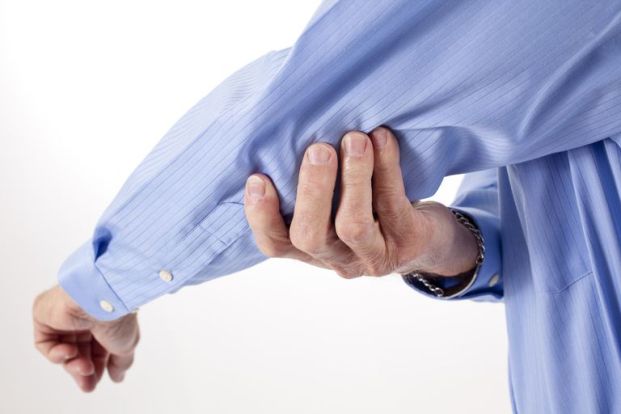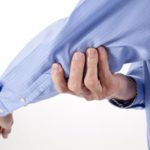Orthopaedic Oncosurgery is a unique speciality with very few orthopaedic surgeons daring to enter this realm of bone and soft tissue cancers called Sarcomas. The incidence of sarcomas as compared to other cancers is miniscule, constituting only 5 to 10% of all the cancers affecting humans annually. The overwhelming population of our country makes it a rather not so rare occurrence.
Bone Cancers or Sarcomas as they are known as, primarily arise from the bones of our body. The common age group in which they are encountered is mainly childhood or adolescence. No specific risk or etiological factor can be associated with development of these cancers although some syndromic or genetic disorders can be associated with risk of developing some form of sarcomas.
The 3 most common primary bone sarcomas seen are Osteosarcoma, Ewings sarcoma and Chondrsoarcoma. While Osteosarcoma and Ewings are mainly seen in the age group of 10-20yrs, Chondrosarcoma can be commonly encountered in a mature population too. Osteosarcoma commonly affects the areas around the joints like the distal femur or proximal tibial region which constitute part of the knee joint and areas around the shoulder joint like the proximal humerus. Ewings can affect the axial skeleton like the pelvis, spine or the appendicular skeleton like the arm bone/humerus, thigh bone /femur or leg bone/tibia.
Warning signs and symptoms
- Pain especially around the joint areas – Knee, shoulder, wrist or elbow which is of an insidious and gradually progressing nature making one feel the need to pop a pain-killer tablet
- Swelling – In osteosarcoma, for e.g. one may feel a hard-palpable bony swelling around the knee joint
- Difficulty in walking/Limp – This can be easily detected
- Fever and other constitutional symptoms like sweating especially night sweats decreased appetite, weight loss and extreme pain can be countered in Ewing’s sarcoma.
Children often complain of pain around the joints or in the bones when they come back from play in evening, and we as parents do tend to ignore it initially associating it with some form of soft tissue injury which the child may have encountered while playing. Complains by the child on a regular basis does warrant an orthopaedic check-up.
Comments are closed.







